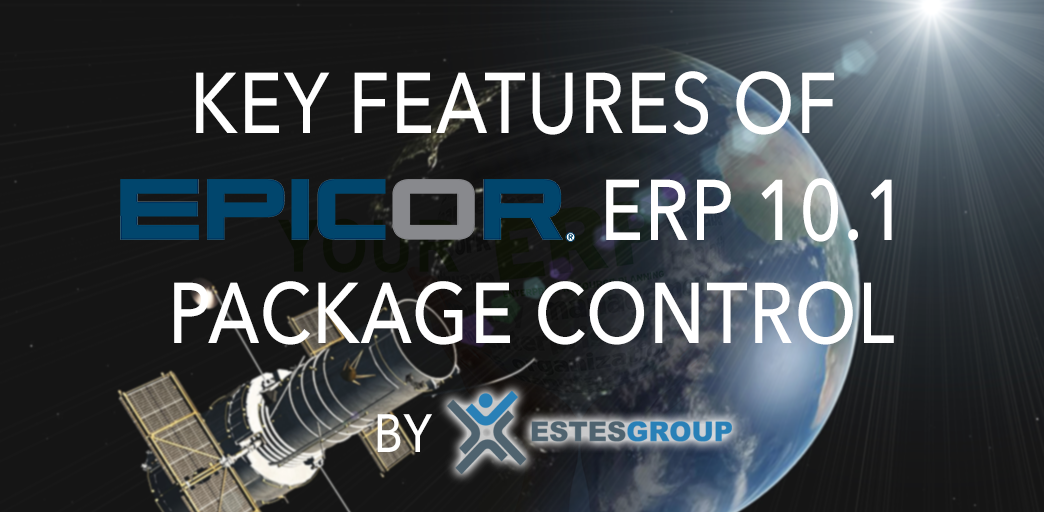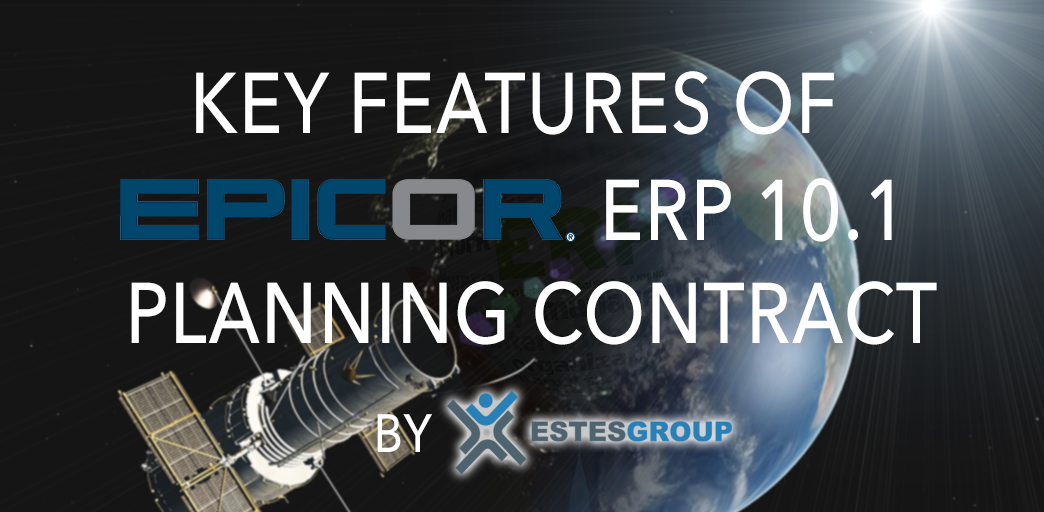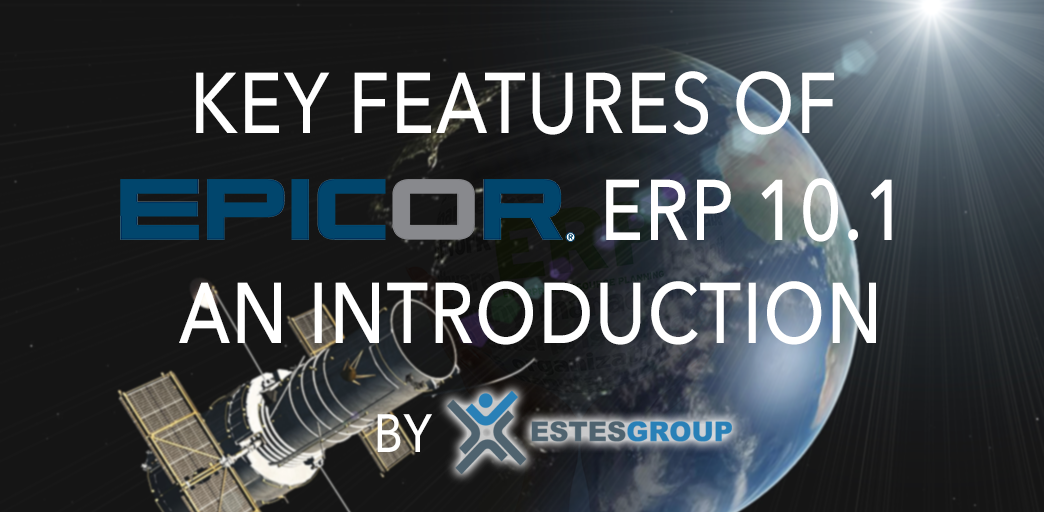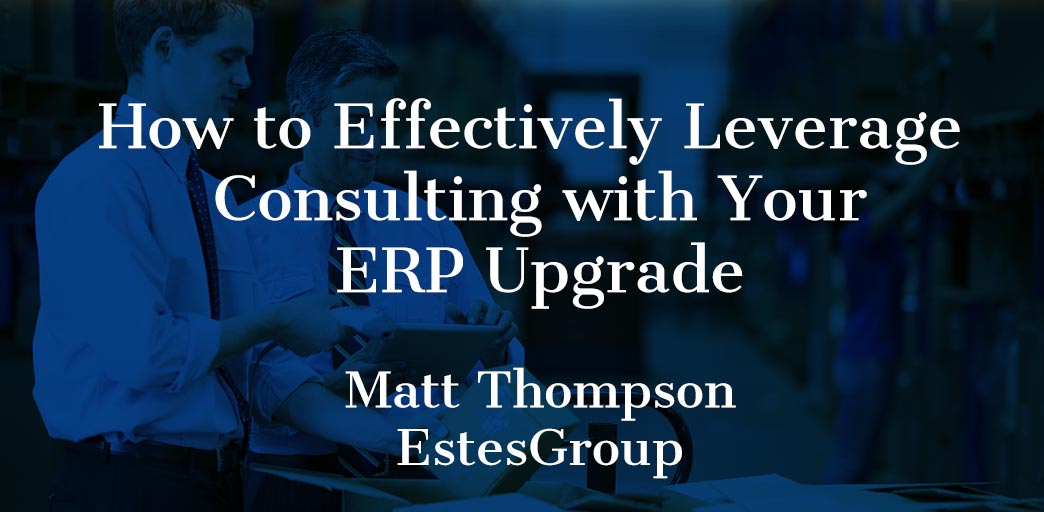No Results Found
The page you requested could not be found. Try refining your search, or use the navigation above to locate the post.

APM is an IT solution created to extend automated, flexible delivery of important documentation in paperless (i.e. digital) form, most commonly via email or FTP, depending on your customer’s druthers.
APM was constructed as a scalable, modular tool that can be implemented out-of-the-box. It augments other forms of automatic report routing to include enhanced functionalities such as Scan-link, the creation and dispersal of supplemental documentation, and document repository actions.
Lots of enterprises were built on APM, but APM presents increasingly onerous limitations, specifically when paired with cloud-based applications, which have become the new norm. The Software as a Service (SaaS) model implies that most of a system’s key components are no longer hosted on one machine but distributed over multiple virtualized systems. In this environment, applications often migrate from one system to another to meet service level demands while dealing (as needed) with periodic outages.
Thankfully, Epicor 10.1 presents a fine solution whose secret lies in the software’s routing rules.
Using the report writing functions of Epicor 10.1, users can create their own custom routings.
With Epicor 10.1, you can define whichever routing rules you like to generate, print, and distribute any output via whatever means you choose. You instruct Epicor 10.1 to distribute these materials to your chosen recipient sets automatically.
The ability to set your own routing rules means that your enterprise can now address the various needs unique to your business. That means generating reports targeted specifically at customers sets, suppliers, and – importantly – your own internal users.
Report Routing functionality is central to Epicor’s architecture. It allows you to decide when and how your customers receive communications.
(Previous versions of Epicor offered basic routing options, and these features are still available for backwards compatibility with older reports.)
JOIN US FOR A SPECIAL EPICOR ERP 10.1 WEBINAR JANUARY 19th
The page you requested could not be found. Try refining your search, or use the navigation above to locate the post.

In the dynamic landscape of enterprise management, Epicor 10.1’s Package Control feature emerges as a game-changer, offering your business the power to effortlessly track, manage, and transact groups through a unique identity code. This code becomes the backbone for bundling various items, creating a seamless workflow for your operations. The Package Control feature in Epicor 10.1’s gives your enterprise the ability to track, manage, or transact a group via a unique identity code. Any items can be bundled to form a group.
Package Control also lets you track any item through various stages such as sales order picking, shipping transactions, job receipts, and inventory transaction. When everything is said and done, Package Control functionality hinges on two entities built into the Epicor 10.1 database. The first entity is properties and contents, meaning the package itself and specifically what the package contains. The second entity is known as the identifying label.
ID labels become particularly important in industries such as automobile manufacturing. It’s important to know that each entity can have its own lifecycles for identity and process. Each entity can also possess unique rules for control, process flow, and status. These rules need not be exclusive to each other. If it suits the workflow of your enterprise, entities can share rules.
The key to all this is the PCID or Package Control ID field, which is maintained at the site level. PCIDs can operate as single level or multi-level (also known as nested) fields. As a general rule, single level PCIDs hold sway over individual parts while multi-level PCIDs might contain individual items or cluster of PCIDs. Additionally, each PCID can be classified as static or dynamic. Static PCIDs are associated with containers that are available for reuse while dynamic PCIDs are tagged to those items that can be placed on containers that collapse after shipment and cannot be repurposed (i.e., a shipping box).
As with so many other features of Epicor 10.1, customization becomes the prime differentiator. Rule sets for Package Control are flexible enough that your enterprise can “teach” Epicor 10.1 to work with what works best for you, not the other way around.
Package Control in Epicor 10.1 operates like the license plate system to register cars – but with vastly more capacity to designate and manage your groups. With Package Control, you define each package and its contents. You input, track, and manipulate pertinent data points such as serial numbers and part codes. Once that’s done, the rest is easy. You can move each group wherever and however you like while enjoying full confidence that you have total visibility of the package’s contents.
With Package Control in Epicor 10.1, your company can finally move multiple products via container rather than scrambling to track movements on a part-by-part basis. Apart from saving you time and an alarming number of headaches, this new functionality opens a new frontier for industries in the automotive, aerospace, and medical sectors – to name just a few!
While Package Control functionality currently focuses on outbound groups in Epicor 10.1, the future is promising. Inclusion of Package Control for inbound groups is on the horizon with the upcoming Epicor 10.2 release. (Please note: Package Control functionality only works on outbound groups in Epicor 10.1. Package Control for inbound groups is currently slated for inclusion in Epicor 10.2.)

Planning Contracts are the processes by which an enterprise documents its products, services, and result requirements, as well as identifying potential sellers. The primary purpose of Planning Contracts is to generate procurement documents and establish the criteria by which these products, services, and results can be evaluated.
A procurement plan is a product of the planning process. It indicates how procuring entities might plan their procurement activities over a given period, and advises as to what needs assessment and market studies may be carried out during the life of a particular contract. Put differently, all processes germane to deciding what to contract for, when, and how fall under the Planning Contract heading.
Epicor ERP 10.1 features the ability to create purchasing demand in situations where previous versions of the software required users to prepossess demand as triggered by database values in fields such as Sales Order, Job, or Inventory Minimum. The importance of this new functionality cannot be underestimated to an enterprise focused on growth. It provides the necessary flexibility by which a company can proactively engineer its processes rather than stumbling into the hard wall thrown up by “just in time” forecast models.
Mature enterprises routinely face situations where expansion and gain hinge on thinking ahead. On this point, the best piece of advice we can offer is the one taught to young, prospective car drivers in driver education schools across the country. When you’re driving a busy highway, don’t just watch the car in front of you. Watch the next several cars!
It doesn’t take much to pull this off — just a glance at the road and the willingness to keep an open mind about what could potentially happen. But this tiny effort can offer tremendous payoff. As any experienced driver knows, when pile-ups happen (as pile-ups do), the people best prepared to swerve and keep going are the ones who’ve been scanning the road ahead.
And that’s why Epicor 10.1’s new ERP Planning Contract function is so important. It gives your company the ability to manage long lead-time items before a concrete trigger appears to demand that those items have been procured. Best of all, the database allows you to earmark these items for specific needs even if a Job code or Sales Order hasn’t been generated yet.
Your enterprise can chart its own course.
Read our other informative blogs about Epicor 10.1 new upgrades and features:

Epicor ERPs are designed to provide companies of all scales and in every sector with feature-rich, customizable ERP solutions that can either be based in the cloud or deployed on-premises. The inherent flexibility of the system’s design, combined with the adaptability offered by choice of deployment model, make Epicor an especially power enterprise tool, and the kind that readily adapts should your business or technology change.
A quick note about cloud deployments:
There are many reasons for this, but they all point to one key factor: success.
At this point, thousands of companies worldwide have rebuilt their workflows to leverage the cloud revolution. In doing so, they reimagined their enterprises as a series of processes that can be accessed in real time from anywhere in the world and from any device.
This, in sum, is the value offered by cloud-based ERP solutions: they obviate the need to maintain a wide basket of separate, “one off” applications that (hopefully) merge with the central processes of your business.
Put differently, the proper ERP solution should become your business process. And who better to design it than Epicor, a company that has spent 25 years leading its field.
Epicor’s products are built on decades’ worth of research and development coupled with deep industry experience and thousands of successful implementations. Businesses around the globe use Epicor to great effect. For these reasons and many more, we at Estes Group always consider Epicor products when consulting with you on the ERP solution that perfectly fits your business.
Our analysts at Estes Group have reviewed the latest Epicor release. Epicor 10.1 enjoyed a substantive, months-long testing cycle with select beta customers. While long beta cycles often indicate problems with a software release, we happily note this wasn’t the case. In fact, by our estimations, Epicor 10.1 offers vast and substantial improvements over its predecessor version, Epicor 10.
After this introduction to Epicor ERP 10.1, the following series of blog articles will drill into some of the new, key features Epicor 10.1 offers. Where applicable, we will compare new functionalities to those in Epicor 10.
Read more about this ERP system in our informative blogs on the NEW features and upgrades in Epicor 10.1

As a consulting company specializing in ERP upgrade projects, we get asked this question a lot: How do we use you guys without breaking the bank and getting what we need? And much like the waitress when you ask what’s good to eat our response is there’s a lot of choices around that. Every company is different just like everyone has different tastes. Like most restaurants there’s always some elements that will typically work for everyone and we’ll cover those first.
Use project management to guide you through your ERP upgrade. And make sure you have a strong PM on the inside to push your organization through the steps that are needed. Someone with leverage in the business or who you will give leverage to for the duration of the project.
If you have a lot of business processes that you feel are inefficient or are going to be changed with your ERP upgrade, then consulting will be an invaluable asset. Consultants are puzzle solvers first and foremost. They see your business problem as a big jigsaw puzzle and will stop at no end to solve it. Consultants get a great deal of satisfaction in seeing all of the pieces come together and the business users happy with the results. If you know that driver, it can help you get the most out of your ERP upgrade consulting team.
This varies with every business out there. No two businesses are the same with their needs and this is what makes our business so exciting. That diversity creates a dynamic work environment like no others. And with that it creates a high power team of ERP upgrade consultants that can work and adapt to nearly any need that comes our way. This is why we have specialists in each functional area around Operations, Financials and the Technology. If you need help breaking this all down our Enterprise Architects can help you get your arms around it pretty quickly as well. If you’re coming from a product that’s a few years old or if you have a lot of customizations or you just feel you’re working for your ERP system vs your ERP system working for you then we highly recommend starting with a BPR. This is a great opportunity to engage with our VP of Enterprise Architecture to see your business first hand and establish a comprehensive plan for your ERP upgrade including some identification of SWOT from that external view point. Check out more information HERE
I would also invite you to…